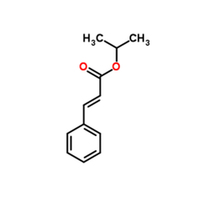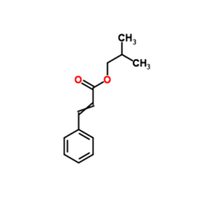p-Chlorocinnamaldehyde
Specifications
Usage:
Studies have shown that it has broad-spectrum antibacterial activity against chlorocinnamaldehyde, and has strong inhibition on both Gram-positive
bacteria (Staphylococcus aureus and Clostridium perfringens) and Gram-negative bacteria (E. coli and Salmonella). At the same time, chlorocinnamaldehyde can also promote animal growth. It is a
non-antibiotic. It has no residue in animal meat and body, no harm to human body, no problems with livestock products and environmental pollution. It is an effective and safe feed. Antibiotic
substitutes can be added to feed as an animal growth promoting additive in the feed industry. If p-chlorocinnamaldehyde is inhaled, remove the patient to fresh air; if in contact with the skin,
remove contaminated clothing and rinse the skin thoroughly with soapy water and water. Seek medical attention if discomfort occurs; if in contact with eyes, separate Rinse the eyelids with running
water or physiological saline, and seek medical treatment immediately; if swallowed, rinse your mouth immediately, do not induce vomiting, and seek medical attention immediately.
- Contact: Arthur shi









